Spouse(s) None (celibate) Education University of Jena Role Writer | Name Cyriel Verschaeve Children None (celibate) | |
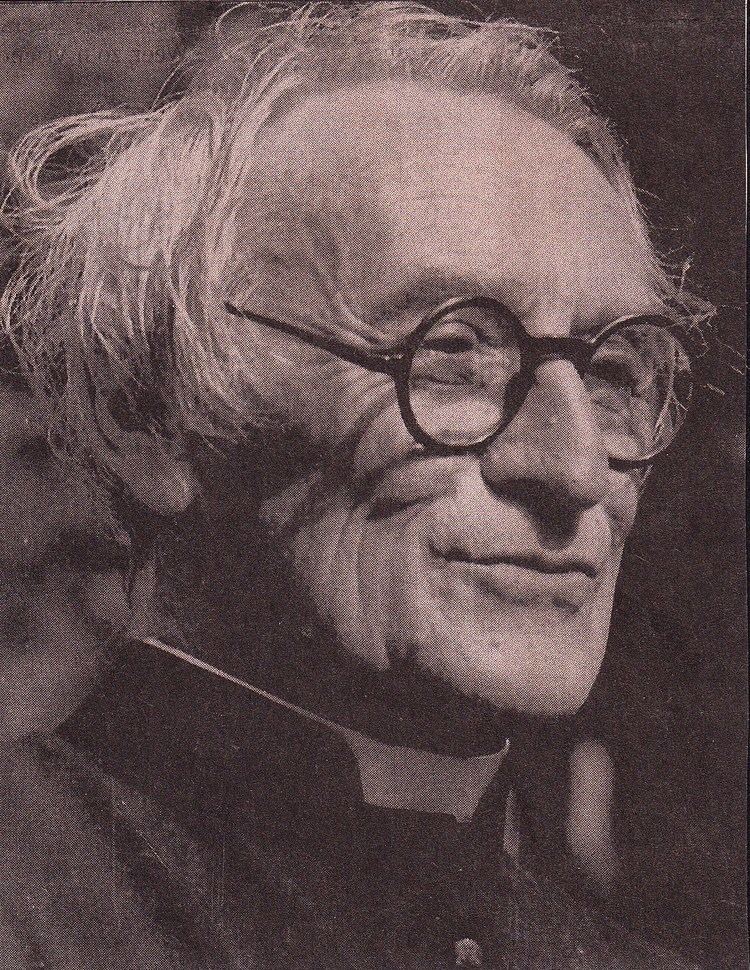 | ||
Occupation Priest, writer, SS recruitment Died November 8, 1949, Hall in Tirol, Austria | ||
Cyriel verschaeve homo erotiek
Cyriel Verschaeve (30 April 1874 – 8 November 1949) was a Flemish-nationalist priest and writer who collaborated with the Nazis during the Second World War. He was recognised as the spiritual leader of Flemish nationalism by the ideology's adherents.
Contents
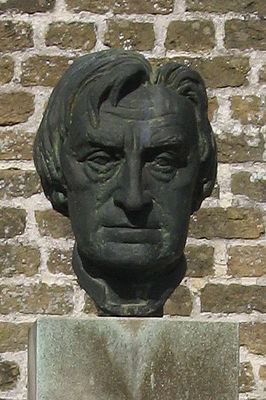
Early years
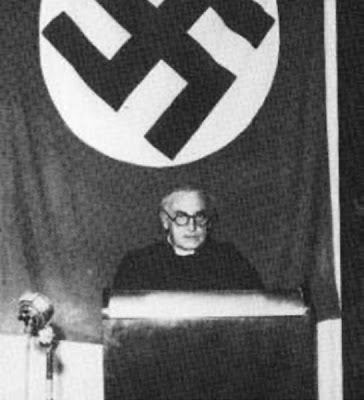
Born in Ardooie in West Flanders, Belgium to a catholic family, he began training to be a priest at the minor seminary in Roeselare in 1886, before moving on to Bruges in 1892 to complete his studies. He was finally ordained in 1897 and then continued his studies at the Friedrich Schiller University of Jena.
Nationalist leader
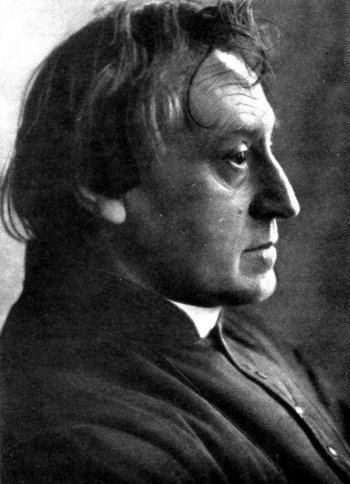
He returned to Belgium in 1911 to become a parish priest at Alveringem. Whilst here he became involved in the pacifist movement after the outbreak of the First World War. He also was involved in the development of the Frontbeweging, a Flemish autonomous group that eventually became the Frontpartij. Along with August Borms, Verschaeve was the leading representative of the tendency within the Front Movement that felt Flemish aims might be aided by working with Germany, in contrast to the other wing that felt fighting for Belgium would make the Flemish case easier to advance. On 12 August 1917 Verschaeve penned a second so-called "Open Letter" calling for better rights for beleaguered Flemish servicemen. Following a letter from a month earlier, Verschaeve's missive was noted for its more militant language which included an attack on the king for his failure to respond to the first letter. It marked the beginning of a widening gulf between the monarchy and the far right of Flemish nationalism. In 1916 he also became president of a committee that sought to build a memorial to Flemish servicemen. After the war this aim was realised with the building of the IJzertoren memorial, with Verschaeve ceremonially laying the first stone on 7 July 1928.
Second World War
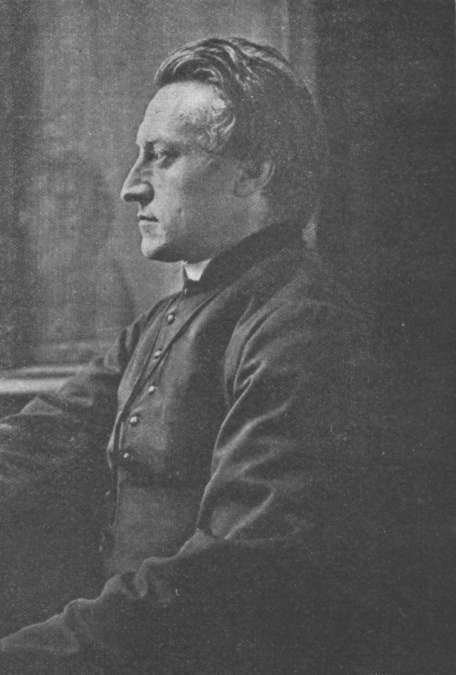
Dismissed as chaplain in 1939, Verschaeve, who had long been sympathetic to Germany, wrote Het Uur van Vlaanderen in 1940 in which he articulated feelings of sympathy amongst the Flemish people for Nazi Germany, especially because of his Romantic admiration for German imperial culture as embodied in Richard Wagner. As a result, he was appointed to a Nazi set up body to deal with Flemish culture after the occupation of Belgium. He also became involved with recruitment to the Flemish Legion in 1941. Verschaeve was convinced the Soviet Union was the greatest danger to peace and culture in Europe, although alongside this anti-communism he became a convinced supporter of Nazism. In 1944 he held a meeting with SS-Reichsführer Heinrich Himmler about the Flemish question, although it achieved little as the Allied advance into Belgium was not far away and Flanders would soon be liberated from Nazi control. Verschaeve told Himmler at this meeting, that while he rejected Nazi paganism, he thought Nazism could become complementary to the salvific message of the Church, as long as it remained political and activist. Until the end of the successful Allied offensive against the Wehrmacht in western Belgium, Verschaeve continued calling upon young Flemish, Catholic, adolescent boys to volunteer in the Waffen-SS foreign legions against Stalin and "Satanic Bolshevism".
Death
He fled to Austria in 1945 and, although condemned to death in absentia by a Belgian court, survived there until 1949 when he died of a heart attack at the vicarage of Solbad Hall. He was buried in the Tyrolian town, although in 1973 members of the Vlaamse Militanten Orde dug up his remains and reburied them in Flanders (in Belgium). He remains a celebrated figure amongst the more extreme ends of Flemish nationalism and a symbol of disgraceful Flemish nationalism to French-speaking Catholics.
Writing
Verschaeve wrote extensively on philosophy, adopting a dramatic, poetic writing style. He was also known as a poet and playwright. As an author he wrote a number of plays dealing with historical and Biblical characters with Judas (1919) and Maria-Magdalena (1930) now widely held to be the best works from a prolific but sketchy output. His major works include:
